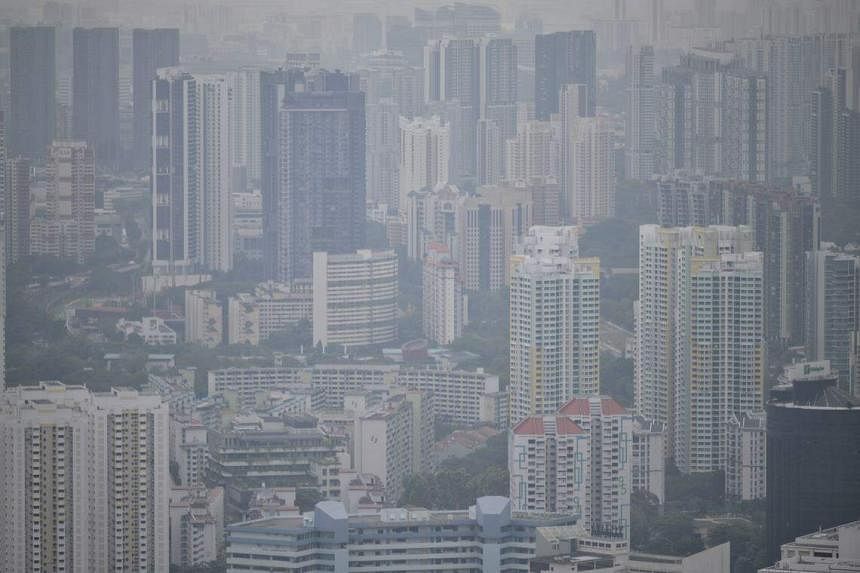
SINGAPORE – Members of the public are advised to ensure that they have sufficient N95 face masks and air purifiers in good working condition as there is a higher risk of transboundary haze hitting Singapore from June due to drier and warmer weather conditions.
The Meteorological Service Singapore (MSS) said in a press release on Tuesday that in anticipation of the onset of drier weather, the government inter-agency haze task force has been coordinating action plans for possible haze.
Singapore’s 24-hour PSI as at 3pm on Tuesday ranged from 25 in the north, to 51 in the east. A reading of 0 to 50 is considered good air quality, while a reading between 51 and 100 is considered moderate.
The one-hour PM2.5 concentration reading, an indication of the current air quality, ranged between 6 in the north and 17 in the west at 3pm. A reading of 0 to 55 is considered normal.
According to the outlook on the National Environment Agency’s (NEA) haze microsite for the next few days, dry weather is likely for many parts of the southern Asean region, although isolated showers are expected over central Sumatra, northern Borneo and Sulawesi. Higher hot spot counts may be expected in the fire-prone areas of this region under prevailing dry weather conditions, with an increased risk of smoke haze development.
While N95 masks are not needed indoors or during short exposures such as commuting, a healthy person who has to be outdoors for several hours when the air quality is in the hazardous range can reduce exposure by wearing an N95 mask.
For air purifiers, an appropriate one should have a clean air delivery rate number that is at least three times the volume of the room in cubic metres.
While the period between June and September is the usual dry season for Singapore and the surrounding region, two climate phenomena – El Nino conditions and the positive Indian Ocean Dipole – could lead to a more intense and prolonged dry season this year, even extending into October, said MSS.
El Nino is a naturally occurring climate pattern associated with changes in both the ocean and atmosphere in the equatorial Pacific Ocean, and is set to bring hotter and drier weather to South-east Asia and Australia.
The positive Indian Ocean Dipole causes warmer sea surface temperatures in the western Indian Ocean.
“Drier and warmer conditions are conducive to the development of peatland and vegetation fires. Therefore, hotspots could escalate from June 2023 under extended periods of drier weather, particularly in fire prone areas,” said MSS.
“This will increase the risk of transboundary haze affecting Singapore if fires develop in close proximity and prevailing south-easterly to south-westerly winds blow smoke haze from the fires towards Singapore,” added MSS.
MSS will continue to closely monitor the development of El Nino and the Indian Ocean Dipole, as well as the regional weather and haze situation, and provide updates when necessary.
When a haze episode is imminent, the NEA will provide haze forecasts through the NEA website (www.nea.gov.sg), the myENV mobile app and the haze microsite (www.haze.gov.sg).
https://news.google.com/rss/articles/CBMieGh0dHBzOi8vd3d3LnN0cmFpdHN0aW1lcy5jb20vc2luZ2Fwb3JlL3ByZXBhcmUtbjk1LW1hc2tzLWFpci1wdXJpZmllcnMtYXMtaGF6ZS1tYXktaGl0LXMtcG9yZS1mcm9tLWp1bmUtc2F5cy1tZXQtc2VydmljZdIBAA?oc=5
2023-05-30 07:55:00Z
2051845943
Tidak ada komentar:
Posting Komentar